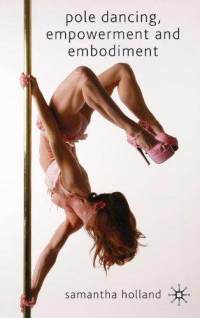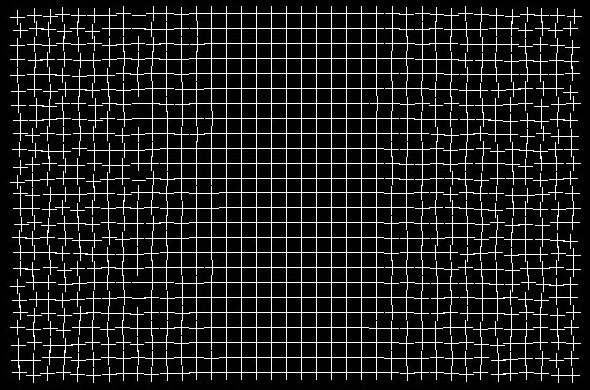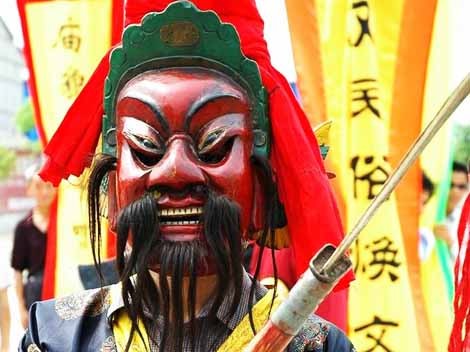Tunnel Vision and the Perception of Density
/ Understanding the nature of perception is profoundly important for the study of any movement art. The martial arts have been particularly vulnerable to the modern dictum that, "what you see is what you get." But perception just ain't that simple.
Understanding the nature of perception is profoundly important for the study of any movement art. The martial arts have been particularly vulnerable to the modern dictum that, "what you see is what you get." But perception just ain't that simple.Kinesiologists and their fellow travelers have uncovered a plethora of experimental evidence that motor development, perception, and imagination, are all intertwined and interdependent. For instance check out this upcoming workshop blurb from Bonnie Bainbridge Cohen:
The senses are our organs of receiving information from ourselves and from the outer world.
Perception is the psycho-physical process of interpreting sensory information. This process begins as potential and develops in response to experience. The dynamics of perception explores how we filter, modify, distort, accept, reject, and use sensory information to bond, defend and learn.
In order to perceive clearly, our attention, concentration, motivation or desire must actively focus us on what it is we are to perceive. This aspect of perceiving, pre-sensory motor focusing, patterns our interpretation of sensory information. Without this active focusing our perception remains poorly organized.
Sensory information comes to us through multiple channels. Touch and movement are the first of the senses to develop. They are registered throughout the whole body and establish the baseline for future perception through the sensory structures of the head: mouth, nose, ears and eyes. Sensory information from these structures is transmitted via the nervous system through cranial and spinal nerves...
[This workshop will explore:]
- The perceptual-response cycle.
- The developmental sequence of the senses and perception.
- The mouth as the first extremity to grasp, release, measure, reach, and withdraw. It sets the foundation for the movement of the extremities (head, tail, hands and feet).
The mouth and nose as the first initiators of movement of the head and spine.
The inner ear as it registers vibration, movement, auditory tone and body postural tone.
- The eyes as they are dependent upon all the previous senses and, the role of the eyes in helping to integrate the other senses into more complex patterns.
Cranial and spinal nerves from a cellular and nervous system perspective.
The perception of space outside our bodies is thus built on a foundation of both movement and feeling. So for instance if I look at a tree, or just for fun, a guy named Hulk, I'm going to be using my eyes to determine his size, shape, motion, and density. 90% of that is not what I actually see, it is happening in my imagination. My imagination happens to be very accurate for this task. Even though Hulk's back is not visible to me, I've incorporated it into my visual comprehension. If one of Hulk's legs was obscured by a trash can my mind would still imagine the leg and would be quite surprised if suddenly the trash can was gone and there was no leg there. A very large part of this imaginative process develops through touch. Hulk's density is frankly not visible at all, our perception of density is built on our experience of touching, squeezing, biting, lifting, pushing, bouncing and poking similar objects.
Embodiment is the new catch word being used to sell everything. The packaging on my toothpaste tells me that it will leave me feeling more embodied, so does the flier for 25 Hour Fitness, and the meditation class down the street. All of this embodiment hoopla is just the perception of density from the surface of the skin inward. The opposite of "Embodiment" then is disassociation. I don't really know what disassociation is, but I'm guessing it is a failure of imagination. Many drugs, especially the illegal ones, cause some kind of dissociation which probably temporarily damages the basic functioning of the imagination.
In Chinese internal martial arts, Tai Chi, Xinyi, Bagua, we take a different route. I suppose we could say, "We do Embodiment inside out!" The higher levels of practice are all about the cultivation of emptiness which is the feeling of zero density from the skin inwards.
As we discussed above, density is perceived through various forms of touch. Every inch of the body is capable of perceiving density. The feeling of cultivating Qi is hard to pin down but at least part of what we call "feeling qi" is the perception of density from the surface of our bodies outward.
If you just do a quick glace around the room, you probably aren't thinking much about density. But now find an object like a vase or a can of deodorant, ask yourself, "Can I feel the density of that object by just looking at it? Can I feel its density from a distance with my belly? How about with my elbows?" Most peoples imagination can do this quite easily. When a cat is stalking its prey in a forest, it keeps its eyes on the prey but it is testing the ground for density with each step. If you walk into a darkened room your perception of density suddenly goes on high alert so that you won't ding your shin or otherwise smack into something solid and unexpected. That perception seems to reach out into space. This is what we are doing when we practice internal martial arts.
If you hit someone, basically you are trying to make them feel more embodied. The more they feel the pain inside their body, the more effective your strike was. The more their perceptive faculties are focused inwards, the less they have available to find a way to hit you back. So the opposite is also true, the more my faculties are focused outwards, the better my opportunity to fight. This is true for the entire surface of my body and also for my ability to imagine out into space.
Along the same line of thinking, stare into the center of this image. After a while the lines on the edges will start to straighten out.

This happens because we basically have tunnel vision all the time, it just seems like the whole world is in focus because our imagination makes it so. But if you are in a fight for your life with an adrenaline surge, part of your imagination shuts down and you get tunnel vision. This Wikipedia article suggests that there are pharmacological reasons for this, in other words they don't call it a loss of imagination. But in fact it is both.
 Theater ritual and martial arts are closely intertwined. Masks have been used since ancient times to create altered states of consciousness. If you want to know what it is like to experience the tunnel vision associated with being attacked, just put on a mask with narrow eye slits. Mask work done with tradition and sensitivity has the ability to profoundly change the way we move and see. It can change the way we feel and perceive both space and time. Most traditional Chinese martial theater and ritual was done with elaborate spacial perception altering costumes and either heavy mask like make-up or actual masks.
Theater ritual and martial arts are closely intertwined. Masks have been used since ancient times to create altered states of consciousness. If you want to know what it is like to experience the tunnel vision associated with being attacked, just put on a mask with narrow eye slits. Mask work done with tradition and sensitivity has the ability to profoundly change the way we move and see. It can change the way we feel and perceive both space and time. Most traditional Chinese martial theater and ritual was done with elaborate spacial perception altering costumes and either heavy mask like make-up or actual masks.
